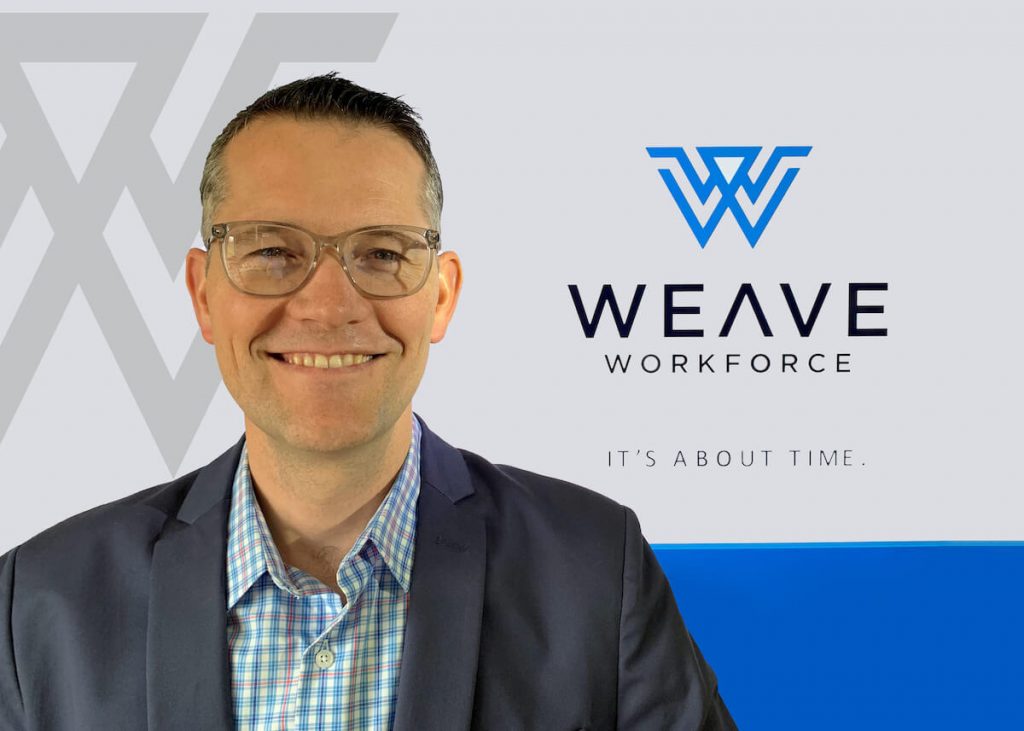Weave Workforce offers AI-based employee optimization software: it provides insights into your demand, builds appropriate schedules, and helps you manage your workforce. We frequently talk on this blog about optimizing your teams and describe how Weave Workforce or similar products help you create better schedules and staff according to demand. But what if I told you it is possible for YOU to choose what optimization means for your business – and have a software product perform accordingly?
There are several possible priorities to consider when optimizing a workforce, like customer experience, employee experience, and cost savings. Because it is impossible to maximize all three at the same time, it is important to understand each of these dimensions, including their benefits and tradeoffs, in order to strike the right balance for your company.
Staffing to Optimize the Customer Experience
Customer experience should always be on the mind of a business owner or manager. Whether you provide a product or service, the positive experience of each customer is important to building a great brand and loyal followers that will turn into repeat customers and generate positive word-of-mouth. Customer experience can be impacted by wait times, employee knowledge, and of course the quality of your product or service.
For many businesses, staffing to optimize the customer experience means consistently having enough experienced professionals available to serve all customers and prospects. However, a business with this goal in mind tends to have more staff scheduled than is strictly necessary to get through the day. And the more staff you have on hand, the higher your labor cost will be. Additionally, you must spend more time on hiring, training, and managing employees, to ensure that you have adequate resources at all times. Another downside of this type of overstaffing is that your workers will experience more downtime during slow moments of their shifts, which tends to affect employee morale negatively, as the next point illustrates.
Staffing to Optimize the Employee Experience
Employee experience should, of course, be another important factor to consider in schedule optimization. Everyone performs best with a steady, manageable workload, being adequately challenged, and being able to exercise reasonable control over one’s workday. Prioritizing employee experience will have an often-overlooked positive effect on your workforce and business, as balanced and happier employees exhibit increased loyalty towards their manager and business. This will also result in a lower turnover rate, ensuring managers need to spend less time in the hiring and training process.
If employees determine their own schedules, the tradeoff versus optimization is in labor cost and suboptimal productivity: most likely, staffing will be inadequate at best during the peaks and valleys of the workday, which not only is stressful and demoralizing for employees, but also unnecessarily increases labor cost during those low-volume hours when your business is overstaffed. This directly relates to the next point under consideration.
Staffing to Optimize Labor Cost and Productivity
Cost savings is obviously always an important factor to consider when assessing what optimization could mean for your business. Achieving peak employee productivity means having the exact number of employees on hand when needed to serve customers at each moment in the day—without being overly rushed and without creating excessive employee downtime during off-peak times. This is incredibly difficult to attain for a human, as it requires accurate foresight of upcoming demand. However, if implemented properly—for example through the use of an AI-powered prediction engine—employees on the clock will have less down time during the workday and you will have sufficient staff on schedule during peak demand hours.
What Does All of This Mean?
If implementing an advanced workforce optimization product, the best part is that you will get to choose what your priorities are and what works best for your company! Whatever your businesses’ strengths and challenges, you get to choose how to balance the needs of your stakeholders. While there are inherently tradeoffs between the dimensions, the right tools can help you quantify the relationships and make an informed decision about the right balance for your particular business.
What’s important, however, is that you utilize a product that is technologically advanced, robust, and offers enough flexibility for human input, so that you can tailor the outcome to your specific circumstances. Because, at the end of the day, that’s what counts.
Author: Anna Schultz
Anna is Marketing Coordinator at RXA, a Growth Marketing Intelligence company fueled by data science and applied artificial intelligence, and parent company of Weave Workforce, a workforce optimization software business. In her role, Anna helps companies meaningfully activate the benefits of data analysis through RXA’s GMI platform and applications. In today’s world, all companies collect data – it’s what you do with it that makes a difference!



